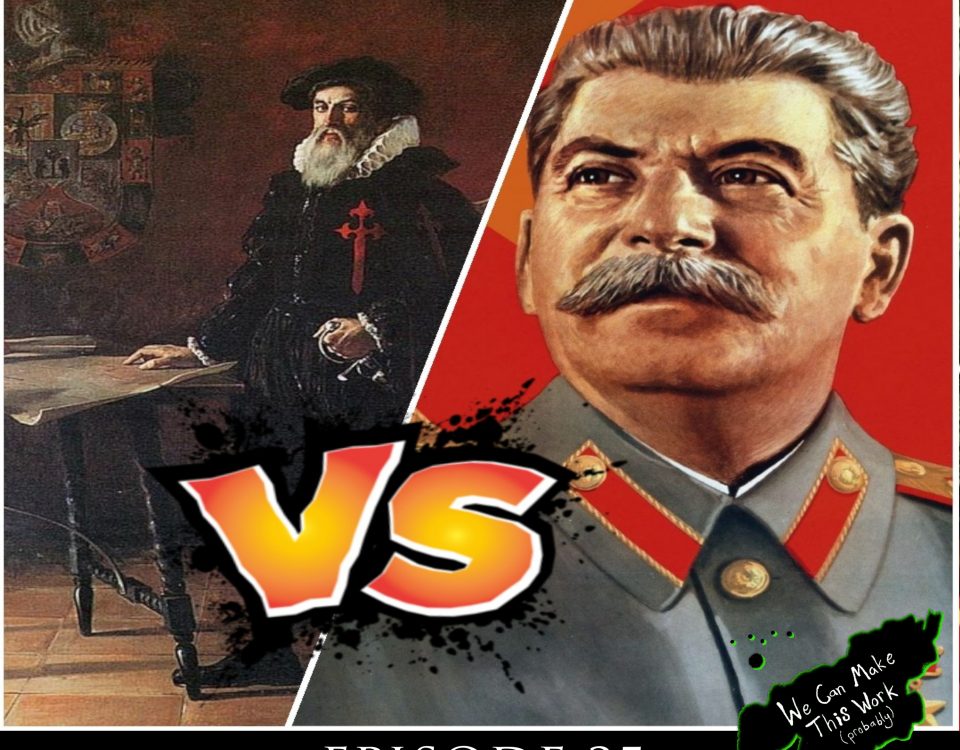
8 More Brutal VIKING Rulers! (Part 2 of 2)
January 11, 2024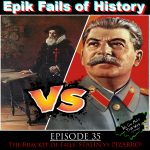
E35 – STALIN vs PIZARRO: The Bracket of Fails – Final Match! (Podcast)
January 18, 2024Francisco Pizarro, Spanish Conquistador (1478-1541)

Following the “discovery” of the Americas by European explorers like Christopher Columbus in 1492 (roughly 500 years after the Vikings stumbled into Canada), the Spanish monarchy quickly scrambled to carve up and colonize as much of the “New World” as they could manage, regardless of the fact that people were already living there. Spain deployed a cadre of ruthless, greedy, treasure-seeking tomb raiders called “Conquistadors”, to seek out and plunder the wealth of these once great Native Empires, with little regard for their cultures, history, and lives. Around the same time that Hernán Cortés triggered the collapse of the Aztec Empire in Mexico (in 1521), there was another Spanish Conquistador who would also go on to single-handedly cause the extinction of another ancient native culture, the Incans of Peru, in South America – his name was Francisco Pizarro…
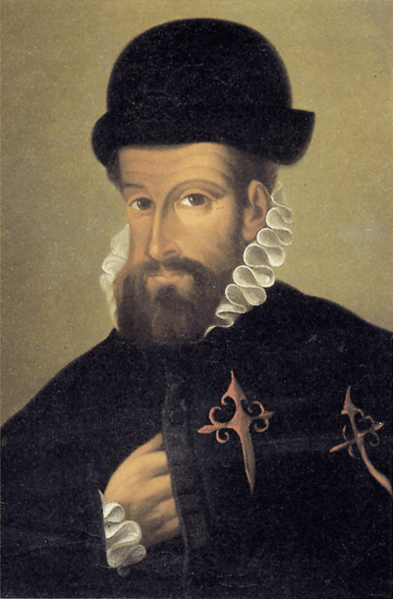
Dreams of Fortune and Glory
In 1478, Francisco Pizarro was born a bastard to a poor family with an absent father. At 31, Pizarro sought fortune in the “New World” and joined an expedition to Columbia in 1509. The crew attempted to set up a colony, but failed. Pizarro was among the few survivors that abandoned the failed settlement.
In 1513, Francisco joined an expedition across the isthmus of Panama (led by Vasco Núñez de Balboa). A few years later, the Governor of the region (Pedro Arias Dávila) ordered Pizarro to arrest his former commander and mentor on suspicions of treason! Balboa was then tried and beheaded in 1519 – all because the Governor didn’t trust him. (It took three tries with the ax!) As a result, Pizarro was then awarded for his loyalty with becoming the Mayor of Panama City…
The Lucky Thirteen
While leading his first expedition in 1525, Pizarro and his men walked right into an ambush. Thinking that an entire village of natives had fled from them in terror, the Conquistadors started to set up camp, while the tribe’s warriors prepped a trap. Pizarro himself was nearly killed during the sneak attack and lost 5 soldiers, with 16 more wounded, but – thanks to their guns – managed to massacre around 100 natives in a very one-sided ‘battle’.
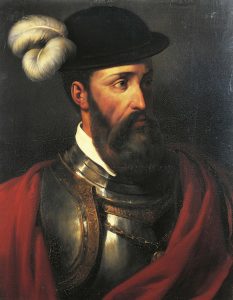
Pizarro lead *another* failed expedition into the jungles of South America, that once again got a whole lot of his crew killed. However, it was during this second voyage that someone heard rumors of a gold-rich territory from the natives in Panama. Most of his soldiers were ready to head back home, but Pizarro drew a line in the sand, saying: “There lies Peru with its riches; Here, Panama and its poverty. Choose, each man, what best becomes a brave Castilian. For my part, I go to the south.” With the last 13 men in his party, Pizarro decided to travel deeper into the Amazon jungle, where they discovered a civilization like none they’d ever heard of: the mighty Incan Empire…
Pizarro took ALL the credit for the discovery, because of course he did (which irked his men, naturally), and tried to convince the King to put him in sole command of a third expedition. Despite his previous failures, Pizarro managed to make his case, and (on orders from the Spanish crown) set off for a conquest of Peru in 1529.
Third time’s a charm?
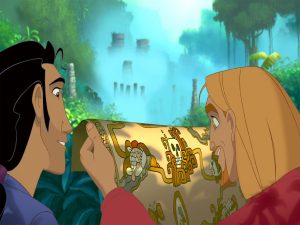
It turns out, “The Road to El Dorado” is surprisingly inaccurate…
Into the Amazon…
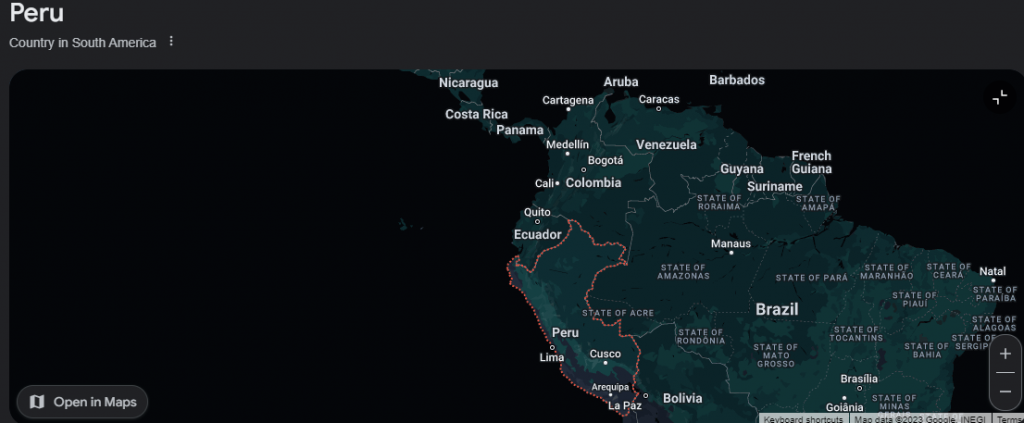
In 1531 – when Pizarro and his men encountered the Puná Natives, who were mostly indifferent to the colonizers, he convinced himself they were planning an attack. He rounded up their chiefs, interrogated them and then delivered them to their rivals, the Incas, as tribute. The Puná captives were massacred by the enemy tribe.
As a result, 3,000 Puná warriors attacked the Spanish encampment! But, again, thanks to “Guns, Germs, and Steel”, Pizarro and his men were victorious, losing only 4 men in the conflict. They then burned down their whole village, for good measure. By 1532, Pizarro and his men had established the first Spanish settlement in Peru. They then forced the remaining locals into becoming indentured servants and slave labor.
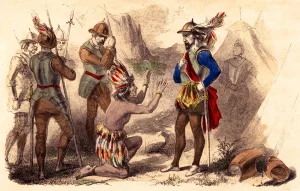
Treasure of the Incan Empire
Meanwhile, the Incan Empire had just undergone a civil war, after the previous Emperor had died of smallpox (thanks to the Spanish), so they were in a somewhat vulnerable state as a result, under their new Emperor, Atahualpa. After Pizarro helped to wipe out their rivals, Atahualpa invited these white men to meet him in person, and presented gifts in an offering of peace. The Incan Emperor had an army of 50,000 battle-hardened warriors, so he underestimated the Spanish and their guns.

Machu Picchu – Inca citadel of the Peruvian Andes
On November 15th 1532, Pizarro and his posse rode into the ancient Incan city of Cajamarca. With a force of just 110 foot soldiers and 67 cavalry, Pizarro met with the Emperor at his plaza fortress, where a Dominican Friar demanded that he pay tribute to Emperor Charles the Fifth, to which he responded: “I will be no man’s tributary”. In retaliation to this perceived slight, Pizarro and his army launched a surprise attack on the Incan army at the Battle of Cajamarca (aka the *Massacre* of Cajamarca).
During the barbaric conflict, 2,000 Inca were killed and 7,000 more were taken prisoner. Francisco Pizarro took the Incan Emperor hostage, and executed the Inca’s 12-man honor guard. The Conquistadors then ransomed the Emperor to his own people, asking them to fill an entire 22 x 17 foot room full of gold, and another two rooms filled to the brim with silver!
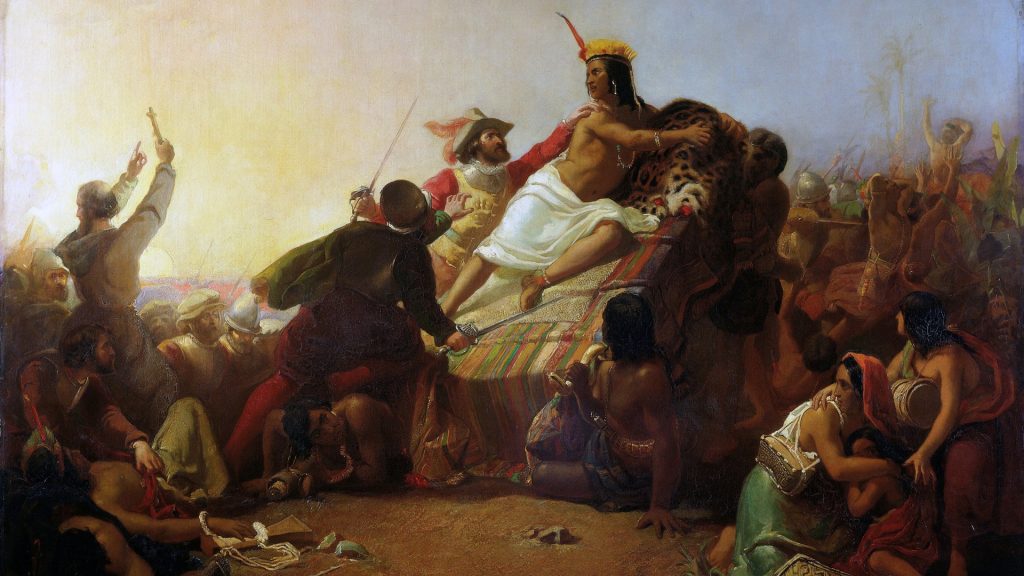
The Inca somehow managed to carry out Pizarro’s baffling specific demands, in an attempt to free their leader, but Pizarro went back on his word. Despite opposition from some of his closest allies at the time, Pizarro sentenced the Emperor to death in 1533. Hernando de Soto tried to convince Francisco that the Incan Emperor should at least be brought back to Spain and be given a fair trial. Regardless, the Conquistador ‘convicted’ Atahualpa with 12 charges, including murdering his brother (in the previous Incan Civil War) and plotting against him. Pizarro executed the Incan Emperor – with a garrote!
Even King Charles of Spain thought Pizarro had gone too far after hearing of how he dealt with the Incan Emperor: “We have been displeased by the death of Atahualpa, since he was a monarch and particularly as it was done in the name of justice.”
The Conquest of Cuzco
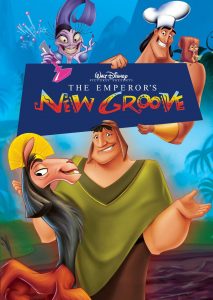
No, not that “Kuzco”… well actually, maybe?
After reinforcements arrived in 1533, Pizarro marched 500 men into the Incan city of Cuzco – where they made an example of one of the leading Incan Generals by burning him at the stake, in public. Over the next few years, Pizarro’s forces took hold of the region, establishing multiple Spanish outposts, and brutally putting down any and all dissent. They decimated their crops, destroyed their culture, tortured and killed all those who resisted and forced the rest to convert to Catholicism…
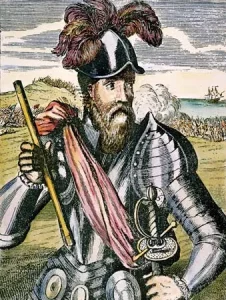
Then, in 1536, an Incan army with upwards of 100,000 warriors laid siege against the Spanish at Cuzco! However, Pizarro’s 200 men, armed with cannons, muskets, and crossbows were ultimately able to fend them off, after a bloody conflict. From 1531 to 1536, Francisco Pizarro established a series of settlements throughout Peru, and systematically eliminating the locals who resisted their invasion.
During this time, Pizarro and his 200 men defeated anywhere between 40,000 and 80,000 Incan warriors, with very few casualties.
The Death of Pizarro
After the definitive defeat of the Incan Empire, the Spanish Conquistadors began to fight over who had claim to the lands and where their jurisdiction ended. Consumed by greed, Francisco Pizarro quickly made enemies of his closest allies, following “his” conquest. During this time, Pizarro’s former generals, Diego de Almagro, turned the tables on him.
Almagro seized the city of Cuzco in 1538, so Pizarro sent his brother (Hernando) to defeat one of his closest allies. Instead of sending Almagro back home to be tried for sedition, Pizarro had him executed on the spot, and even stripped Diego’s son of his lands, leaving him bankrupt. This would eventually backfire, when he would least expect it…
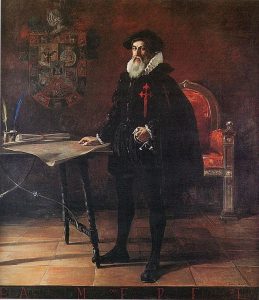
On June 26th, 1541, the son of Almagro got his revenge – he hired a group of mercenaries to storm Pizarro’s palace, and ambushed the former Conquistador while he was eating dinner. “Most of Pizarro’s guests fled, but a few fought the intruders, numbered variously between seven and 25. While Pizarro struggled to buckle on his breastplate, his defenders, including his half-brother were killed.” During the fight, Pizarro managed to kill two of the attackers and stabbed a third, but ultimately “he was too exhausted to brandish his sword” – and was killed with a sword to the throat!
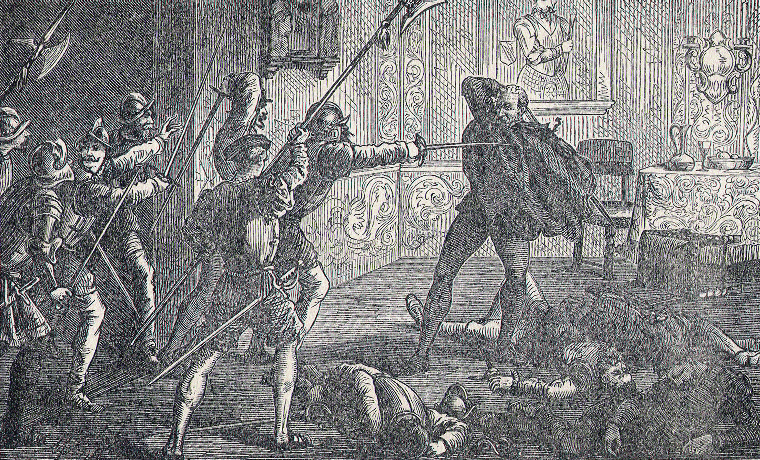
Ouch.
Shortly after Pizarro’s death, Diego el Monzo, the son of Almagro, proclaimed himself the new governor of Peru.
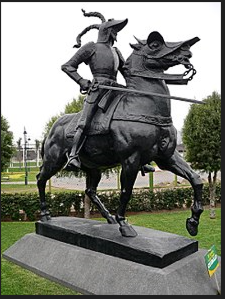
In the centuries since Pizarro’s brutal conquests of the indigenous peoples of Peru, he has been revered as a hero “who brought Christianity to the heathens of South America”, and was even honored with a statue at one point, but modern historians have since been… less kind in their evaluations of the man, and the era of colonialism in general. However you slice it, there’s no denying Pizarro wiped out a whole civilization through a brutal series of campaigns, using superior weaponry and deceit, decimating and looting an ancient culture, erasing centuries of potential archeological knowledge, and forever altered the course of an entire continent.
– Erik Slader
For more historic fails, be sure to check out the Epik Fails of History podcast, and you can find my “Epic Fails” history books on Amazon and Audible!
Sources:
https://en.m.wikipedia.org/wiki/Francisco_Pizarro
https://usslave.blogspot.com/2011/05/francisco-pizarro-most-evil-men-in.html
https://www.pbs.org/gunsgermssteel/show/episode2.html
https://www.history.com/topics/exploration/francisco-pizarro




